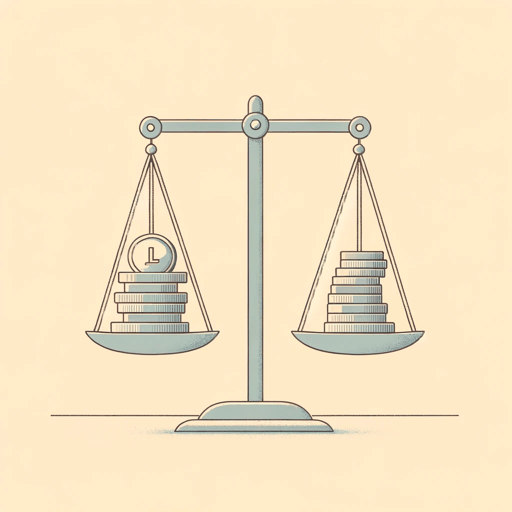70 pages • 2 hours read
Henry GeorgeProgress and Poverty
Nonfiction | Book | Adult | Published in 1879A modern alternative to SparkNotes and CliffsNotes, SuperSummary offers high-quality Study Guides with detailed chapter summaries and analysis of major themes, characters, and more.
Book 3, Chapters 1-8Chapter Summaries & Analyses
Book 3, “The Laws of Distribution”
Book 3, Chapter 1 Summary: “The Inquiry Narrowed to the Laws of Distribution—Necessary Relation of These Laws”
The question of falling wages against the backdrop of technological progress and the growth of material wealth has yet to receive an adequate explanation. Labor produces wages rather than capital. Each laborer creates wages. As a result,
That with material progress wages fail to increase, but rather tend to decrease, cannot be explained by the theory that the increase of laborers constantly tends to divide into smaller portions the capital sum from which wages are paid (153).
The Malthusian theory also fails to explain the question of wages. Therefore, we must focus on wealth distribution, including growing poverty in the context of technological development and industrial efficiency. To do so, we must determine the “part of the produce which goes to capital and the part which goes to landowners, for [. . .] land, labor, and capital, join in producing wealth” (155). The government also taxes a portion of the products. The latter includes a value increase from transportation and exchange, not just manufacturing.
Industrial production involves three key features: land, labor, and capital. Land is “all natural opportunities,” “labor” refers to “human exertion,” whereas “capital” means “all wealth used to produce more wealth” (162).
Featured Collections
Books on Justice & Injustice
View Collection
Business & Economics
View Collection
Contemporary Books on Social Justice
View Collection
Equality
View Collection
Philosophy, Logic, & Ethics
View Collection
Politics & Government
View Collection
Popular Study Guides
View Collection
Poverty & Homelessness
View Collection

